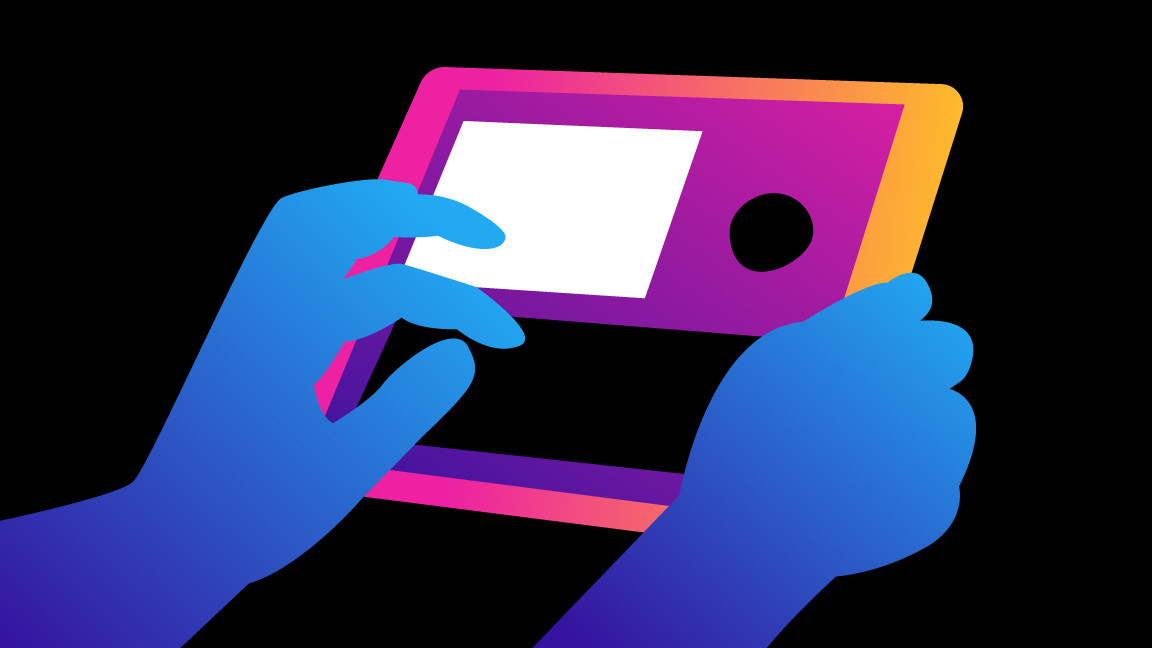Are multiple digital apps overwhelming employees?
If we think back to the not-too-distant past, the world of private medical insurance was a rigid environment with strict rules. Regardless of your condition, you had the onerous task of engaging the ever-elusive NHS GP to get your referral, followed by the completion of the long-winded claim form.
Fast forward a few years, and with the help of technology, we had the first direct pathway. A revolution in private medical insurance meant that employees with musculoskeletal conditions could request tests or treatments without a GP referral. All that was required was a simple phone call to the provider’s dedicated helpline, and you were away.
While this was an efficient innovation in private care, old habits die hard. Members were initially reluctant to use these services, still insisting on that good old GP referral. Eventually, mindsets started to change, and as this process expanded to cover mental health and cancer services, direct pathways to PMI were accepted.
It didn’t stop there: technology advanced, and before we knew it, there were apps for insurers. This meant that members could pre-authorise claims, seek advice, and download documents. All of this was amazing news for the end user. However, insurers were not the only companies to capitalise on the tech available to them. And thus we began the era of the smartphone overload.
Private medical is an extremely comprehensive and valuable benefit when it comes employee wellbeing, but it does have some voids that need filling. Thankfully, there are a raft of companies out there that can do this – but, you’ve already guessed it, they come with an app of some description. This means that if you decide to help employees with anything from back pain, fertility, to discounts off the weekly shop, the likelihood is that their phone now has a page dedicated to employer wellbeing apps.
It’s great to see that the healthcare space is evolving from the days of non-negotiable GP referrals and claim forms. Over the last ten years we have seen a sweet spot where employees can get the treatment they need efficiently, while still retaining GP involvement for more serious conditions. But now we must ask, is the market too complex? Do employees have too many ways of obtaining the same treatment, and has the signposting gone from intuitively simple to information overload?
Can effective communications help employees navigate the new app culture? In short, yes.
My colleague, Chris Andrew (Strategy Director at our specialist employee communication company, Caburn Hope) believes that multiple apps aren’t necessarily a bad thing:
“When it comes to communication, we always look to ensure that employees are inspired, engaged and informed. Inspiring people is about making an emotional connection – painting that big picture about the importance of looking after your people and how it links to your organisation’s purpose and values. The second element, ‘engage,’ is about creating a social connection and providing people with regular opportunities to easily share feedback. The ‘inform’ element is particularly relevant here. Employees are busy people, and they receive an overwhelming volume of communications each day – so whatever communications you do send, they have to be simple. Remember, your people are also consumers in the world outside of their work. Most will have a smartphone with plenty of apps, yet people don’t necessarily feel overwhelmed by the numbers of apps on their phone, provided there is absolute clarity on where to go for what – and you make their user journey as simple, smooth, and intuitive as you can”.
There are many amazing services in the private healthcare market, but it’s always worth considering: if you overload employees, will they really get the full benefits? Will one app simply merge into another, with employees not realising the true value of the benefits package they have been provided?
To make accessing PMI a better experience for your people, there are a number of things that employers can do. Employers can assess where services are overlapped, which services apply to all staff, and which apply to insured-only. Routinely review your apps to see if you really need the number you have in place, and ensure that employees understand which ones are relevant to them. Maintaining these reviews and communications enables your people to get the most out of their employee benefits.
